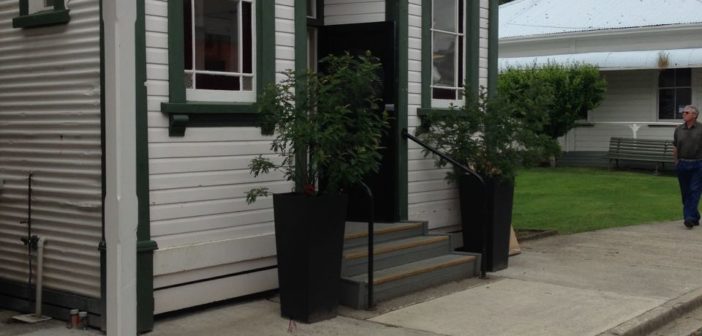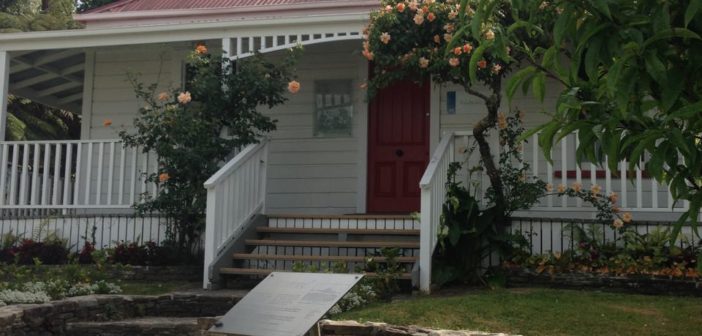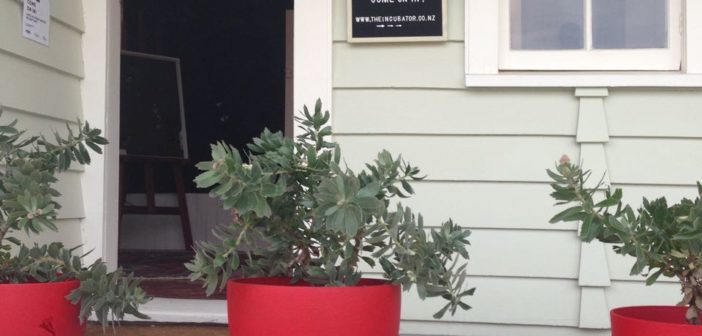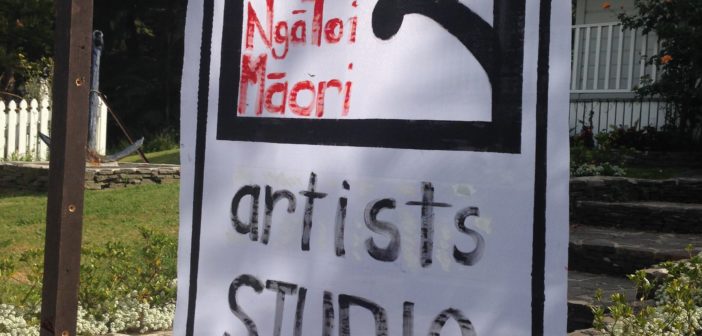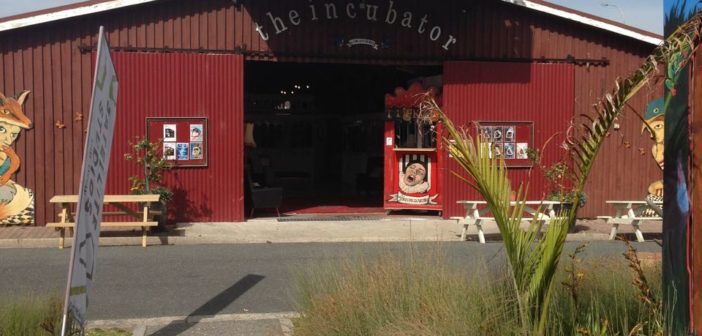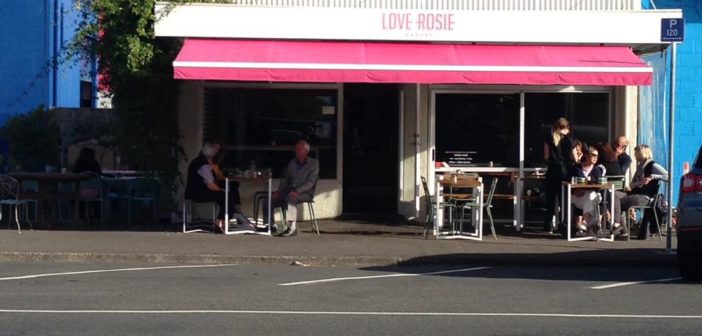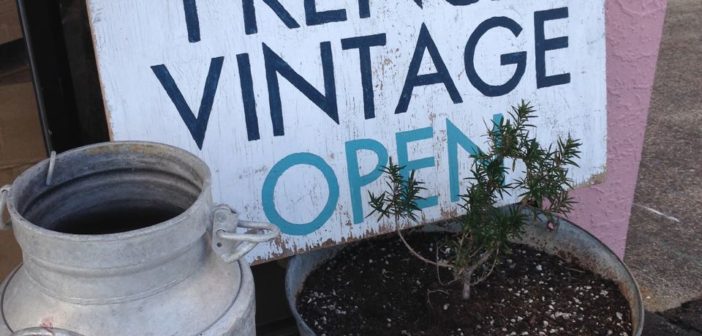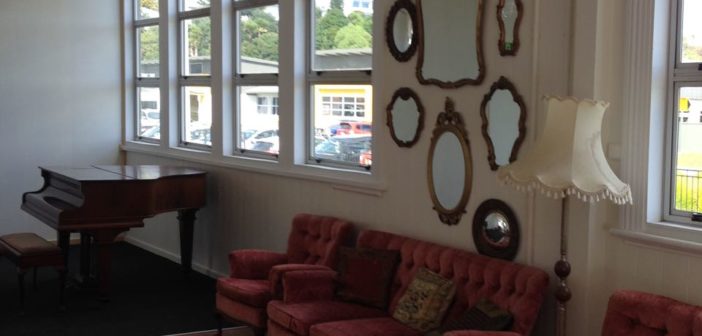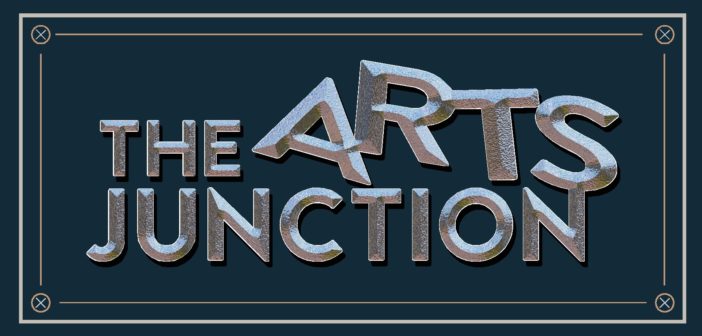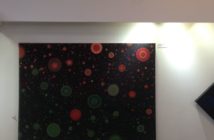Then it was so out there. So alternative. So different and frightening – the punk style of Vivienne Westwood. Most probably terrifying because it wasn’t just fashion it was one of the front pieces of an anti-establishment wave. Fashion and tailoring that referenced bondage gear or looked as if it had been eaten in the washing machine. Without Westwood, McLaren and other divergent creative talents we’d all still be wearing little white cardigans over our summer frocks. You wonder when Westwood and Malcolm McLaren started their chain of shops with names like Let it Rock, Too Fast to LIve, Too Young to Die and Sex they imagined she’d become a Dame?
The information and images below are from The Story so far – Vivienne Westwood. https://blog.viviennewestwood.com/the-story-so-far/
430 Kings Road
1971 – 1980
The hippie movement was still the fashion look of late 1960s London, but this did not inspire Vivienne Westwood and Malcolm McLaren, they were more interested in rebellion and in particular 1950s clothing, music and memorabilia.
Vivienne began by making Teddy Boy clothes for McLaren and in 1971 they opened Let it Rock at 430 Kings Road.
By 1972 the designer’s interests had turned to biker clothing, zips and leather. The shop was re-branded with a skull and crossbones and renamed Too Fast to Live, Too Young to Die. Westwood and McLaren began to design t-shirts with provocative messages leading to their prosecution under the obscenity laws; their reaction was to re-brand the shop once again and produce even more hard core images. By 1974 the shop had been renamed Sex, a shop ‘unlike anything else going on in England at the time’ with the slogan ‘rubberwear for the office’.
In 1976 the Sex Pistol’s God Save the Queen, managed by McLaren, went to number one and was refused air time by the BBC. The shop reopened as Seditionaires transforming the straps and zips of obscure sexual fetishism into fashion and inspiring a D.I.Y. aesthetic. The media called it ‘Punk Rock’.
The collapse of the Sex Pistols and the absorption of Punk into the mainstream left Westwood disenchanted. In 1980 the shop was refitted and renamed Worlds End, the name still in use today.


The early years
1981 – 1987
The Pirate Collection of 1981 was Westwood and McLaren’s first catwalk show. This offered a romantic look which burst onto the London fashion scene and ensured this collection’s place in history.
‘We’ve only stopped to note significant innovations, otherwise the ideas carry through and develop throughout the collections.’ Pirates, AW 1981-82, first catwalk show. – Plundering history and the Third World. – Research into historical dress, keeping the original cuts as fashion. – Inspiration from Native Americans. Ethnic cuts. – Pirate trousers had a baggy bum/complete contrast to hippy hipsters and tight arse. – Position of neck hole – when worn, garment is asymmetrical. – At this important point in her career, Vivienne developed ethnic cutting techniques which are based on rectangles. She has an idea she knows will work, knocks it up in rough and in small scale and tries it out on a little dummy. Through various adjustments and fittings she arrives at a full scale finished garment in the right fabric. Clothes always have a dynamic with the body. She continues to mix this in with historical cuts. Savage, SS 1982 Buffalo Girls (Nostalgia of Mud), AW 1982-83 – Colours: Mud. – Raw cut sheepskin. – Bras – underwear worn as outerwear. – Inspiration: Peruvian women wearing bowler hats and full skirts, dancing with their babies tied on their back. Punkature, SS 1983 – Inspiration: Blade Runner, desert landscape. – Distressed fabric and recycled junk. Witches, AW 1983-84 -Visit to New York, met Keith Haring. His art looked like magic signs and hiroglyphs. Therefore – collection “Witches”. – Hip Hop, styling of garments stop-frame look, white trainers customized with three tongues, pointed Chico Marx hats. Hypnos, SS 1984 -Image: Greek God of Sleep -Collection very active, sporty, nothing to do with sleep. Very hip. -Collaboration with Malcolm McLaren ceased. Clint Eastwood, AW 1984-85 – Westwood said, “Sometimes you need to transport your idea to an empty landscape and then populate it with fantastic looking people.” – Fluorescent big macs and body stockings, clothes covered in company logos and Day-Glo patches inspired by Tokyo’s neon signs. Mini-Crini, SS 1985 – Cardinal change. Fitted clothes. English tailoring. Princess line coats inspired by the Queen as a child. – Wish to kill masculine big shoulders of the 1980s. – Models sexy, curvaceous, attention drawn to hips. – Mini-Crini inspiration: Petrushka. – Rocking horse shoes.
The Pagan Years
1988 – 1992
During this period Vivienne’s heros changed from punks and ragamuffins to ‘Tatler’ girls wearing clothes that parodied the upper class. A chance encounter inspired one of her most important and influential collections, the Harris Tweed collection of Autumn/Winter 1987.“My whole idea for this collection was stolen from a little girl I saw on the tube one day. She couldn’t have been more than 14. She had a little plaited bun, a Harris Tweed jacket and a bag with a pair of ballet shoes in it. She looked so cool and composed standing there.”
Collections: Harris Tweed, AW 1987 – 88 – Tailored and childish look inspired by Royal Family continued. – Inspiration: British fabrics, especially wool which had provided all the uniforms of the British Empire. Black velvet. – 18th century corset. – Fine twin sets now fashion. Pagan I, SS 1988 Time Machine, AW 1988-89 Civilizade, SS 1989 Voyage to Cythera, AW 1989-90 – Inspiration: Watteau, Commedia dell’ Arte and Ballets Russes. – Tights worn without skirts. Inspiration: man who forgot his trousers. Pagan V, SS1990 Portrait, AW 1990-91 – Inspiration: Oil painting – the bravura of texture and display of material wealth – Wish to have the luxury of the whole range of fabric from linen underwear to fur (fake). – Furniture represented designed by Boulle in the Wallace Collection. – Chose a painting by Boucher, ‘Shepherd watching a Sleeping Shepherdess’, to represent the paintings themselves – photographic print. – High platform shoes put the woman on a pedestal like she had stepped out of a painting. Cut and Slash, SS 1991 – Slashed fabric – satin, cotton, denim. – Inspiration: 16th century mania for cutting and pricking fabric which lasted for 200 years, apparently inspired by a battle. Dressing Up, AW 1992-93 Salon, SS 1992 Always on Camera, AW 1992-93


Anglomania
1993 – 1999
Vivienne believes that fashion is a combination and exchange of ideas between France and England; “On the English side we have tailoring and an easy charm, on the French side that solidity of design and proportion that comes from never being satisfied because something can always be done to make it better, more refined.”
Collections: Grand Hotel, SS 1993 Anglomania, AW 1993-94 – At the time of Gainsborough the French became mad about English tailoring and the spontaneity of country charm. – Vivienne believes that fashion is a combination and exchange of ideas between France and England, “On the English side we have tailoring and an easy charm, on the French side that solidity of design and proportion that comes from never being satisfied because something can always become more refined.” Café Society, SS 1994 – The hourglass figure began here with a bustle provided by a cushion. – By the time of ‘Café Society’ the volume of the gowns and their trains had reached maximum proportions due to collaboration with Andreas Kronthaler. On Liberty, AW 1994-95 Erotic Zones, SS 1995 Vive la Cocotte, AW 1995-96 – We have now arrived at a brand new silhouette, the ultimate hourglass figure with padded bust and bustle now constructed out of a light weight metal cage. – Extremely high platforms. – Vivienne needed to make two collections, one less extreme for selling. Les Femmes ne connaissent pas toute leur coquetterie, SS1996 Storm in a Teacup AW 1996-97 Vive la Bagatelle, SS 1997 Five Centuries Ago, AW 1997-98 – Inspiration: Tudor – Vivienne was amazed to discover that every time she took a historical garment and translated it for today’s woman it looked like Dior – she had to be careful to avoid it. Tied to the Mast, SS 1998 Dressed to Scale, AW 1998-99 La Belle Helene, SS 1999
Exploration
2000
Beginning to put historicism to one side, Westwood returned to a more asexual cut, exploring the natural dynamic of the fabric by treating it like a living mass.
Collections:
Gold Label, 1999-2000
Summertime, SS 2000
Winter, AW 2000-01
Exploration, SS 2001
Wild Beauty, AW 2001-02
Nymphs, SS 2002
Anglophilia, AW 2002-03
Street Theatre, SS 2003
Le Flou Taille, AW 2003-04
– The choice of title explains the forte of Vivienne’s original cutting techniques. A combination of flou and tailoring.

DAME VIVIENNE ISABEL WESTWOOD DBE RDI Born 1941
FASHION CHANGEMAKER & SOCIAL ACTIVIST
 Rosemary Balu. Rosemary Balu is the founding and current Managing Editor of ARTbop. She purchases her power from Trustpower and is a beneficiary of the Tauranga Energy Consumer Trust. Rosemary has arts and law degrees from the University of Auckland. She has been a working lawyer and has participated in a wide variety of community activities where information gathering, submission writing, community advocacy and education have been involved. Interested in all forms of the arts since childhood Rosemary is focused on further developing and expanding multi-media ARTbop as the magazine for all the creative arts in the Bay of Plenty, New Zealand.
Rosemary Balu. Rosemary Balu is the founding and current Managing Editor of ARTbop. She purchases her power from Trustpower and is a beneficiary of the Tauranga Energy Consumer Trust. Rosemary has arts and law degrees from the University of Auckland. She has been a working lawyer and has participated in a wide variety of community activities where information gathering, submission writing, community advocacy and education have been involved. Interested in all forms of the arts since childhood Rosemary is focused on further developing and expanding multi-media ARTbop as the magazine for all the creative arts in the Bay of Plenty, New Zealand.
Check out two other recent articles by Rosemary “Where the Story Comes from” in WORDS and “Friday Night” in PUHA words from the land.
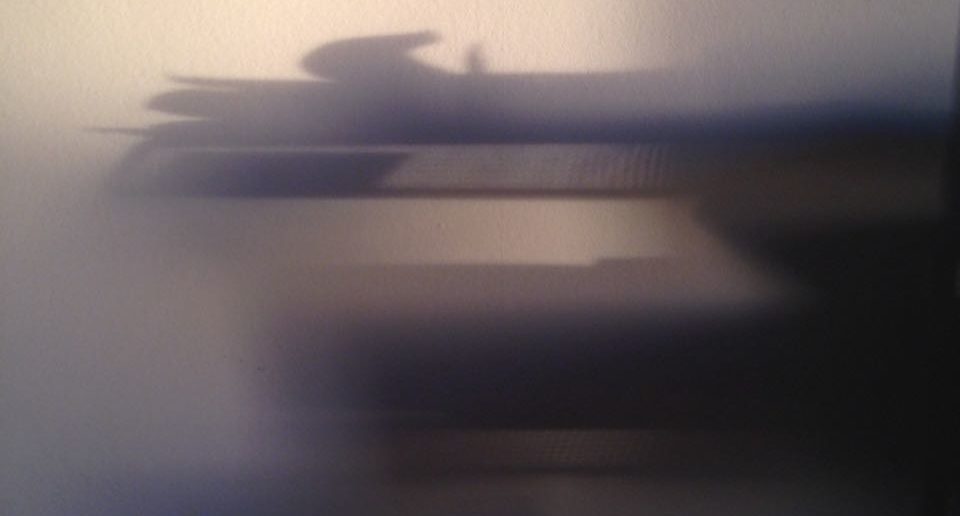



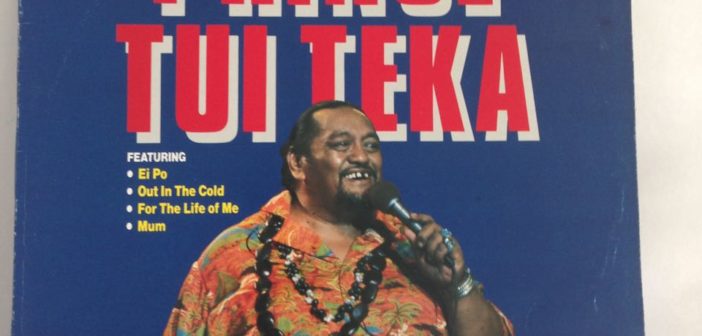
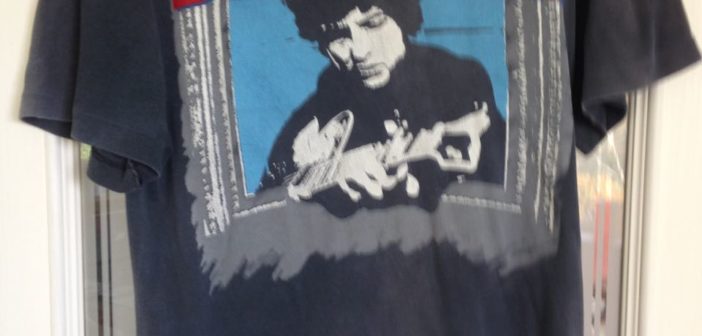
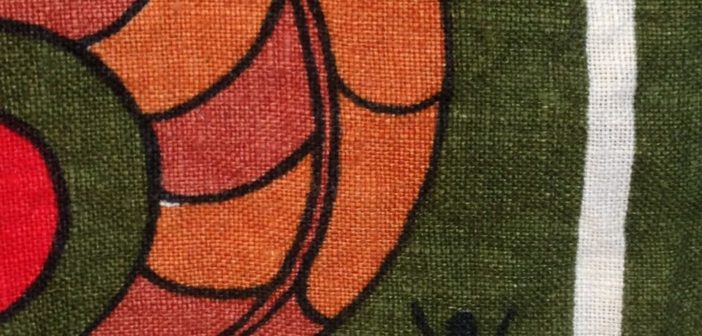
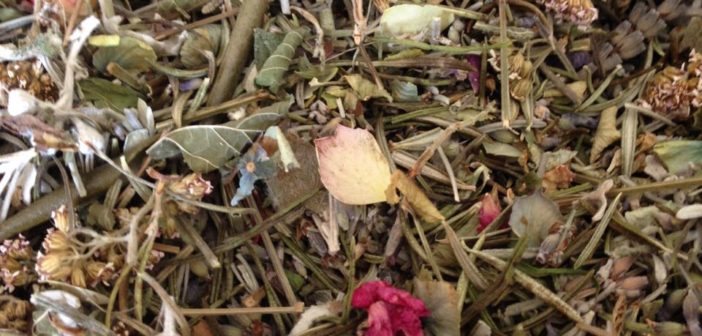
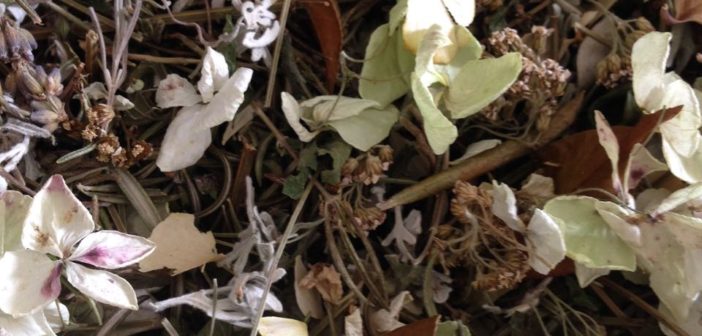
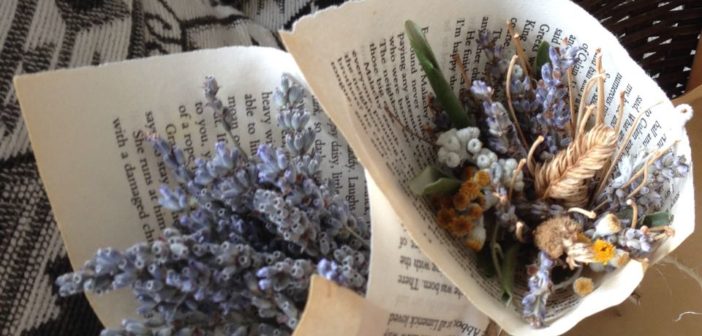
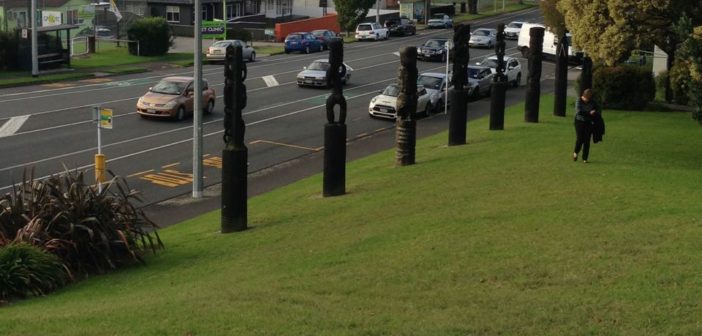 Commerative pouwhenua at Pukehinahina Gate Pa and Cameron Road Tauranga
Commerative pouwhenua at Pukehinahina Gate Pa and Cameron Road Tauranga Rialto Cinema Tauranga
Rialto Cinema Tauranga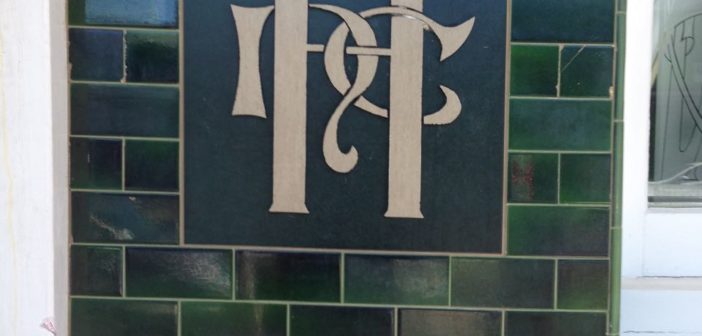 That historic hotel Morrinsville in the heart of New Zealand’s Waikato
That historic hotel Morrinsville in the heart of New Zealand’s Waikato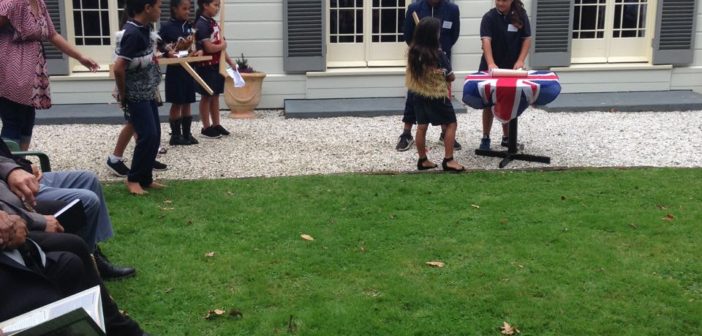 The Elms post colonial Tauranga
The Elms post colonial Tauranga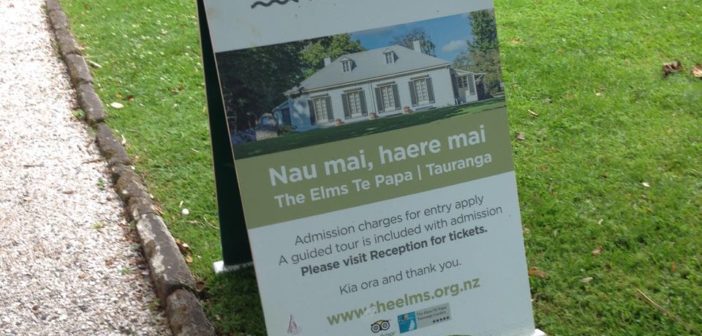

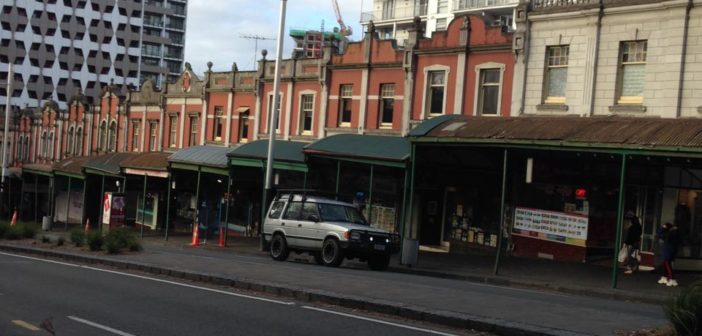 The many faces of Auckland
The many faces of Auckland Albert Park and the Auckland Art Gallery intersect
Albert Park and the Auckland Art Gallery intersect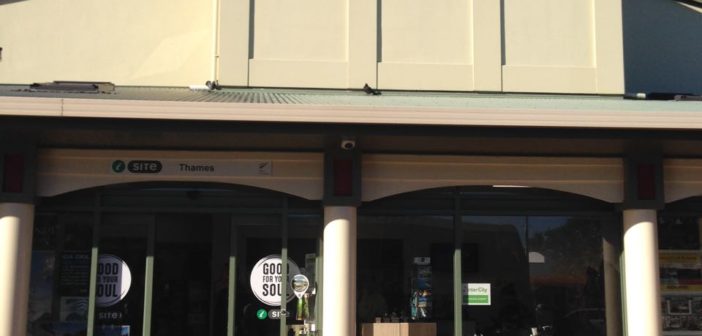 Thames gateway to the Coromandel
Thames gateway to the Coromandel